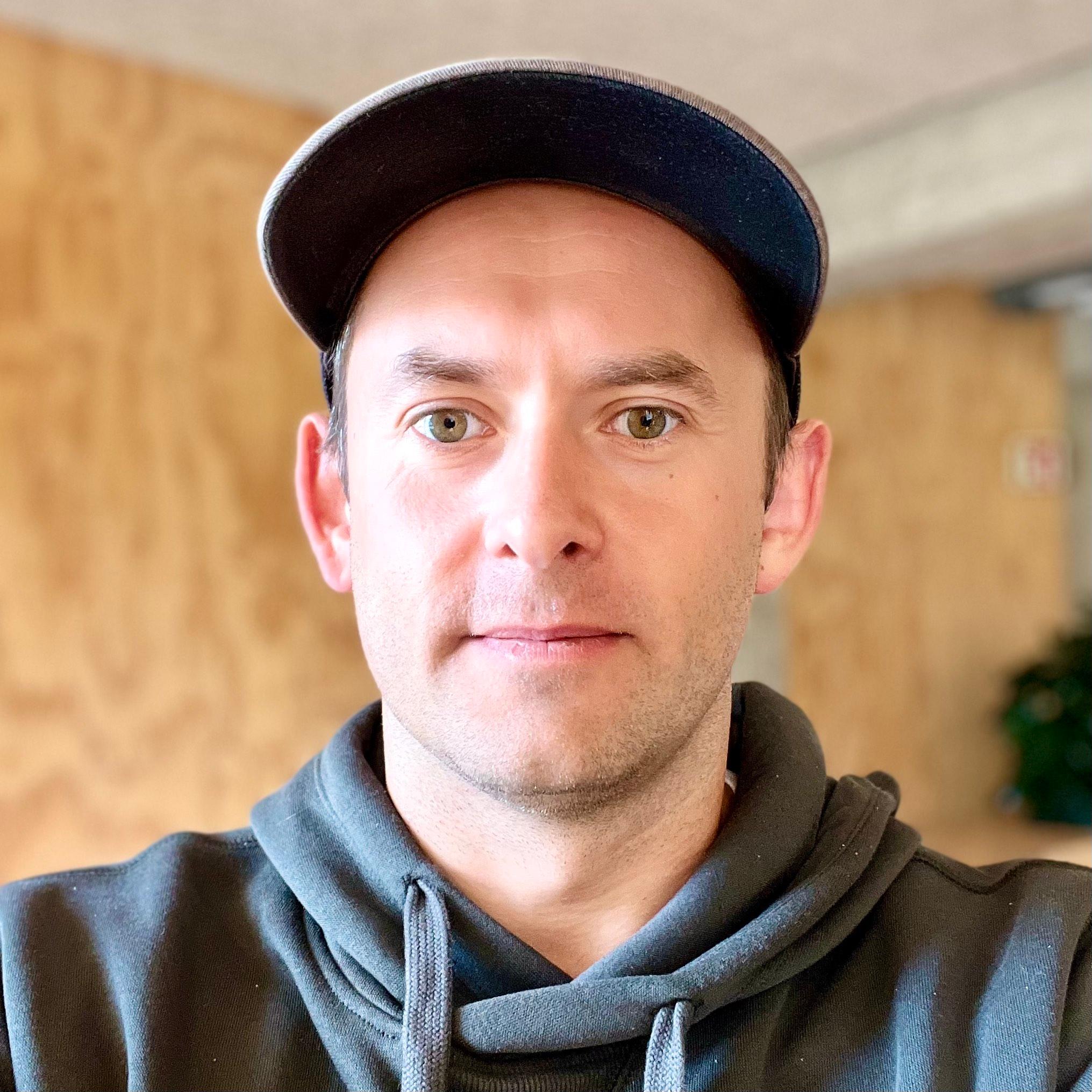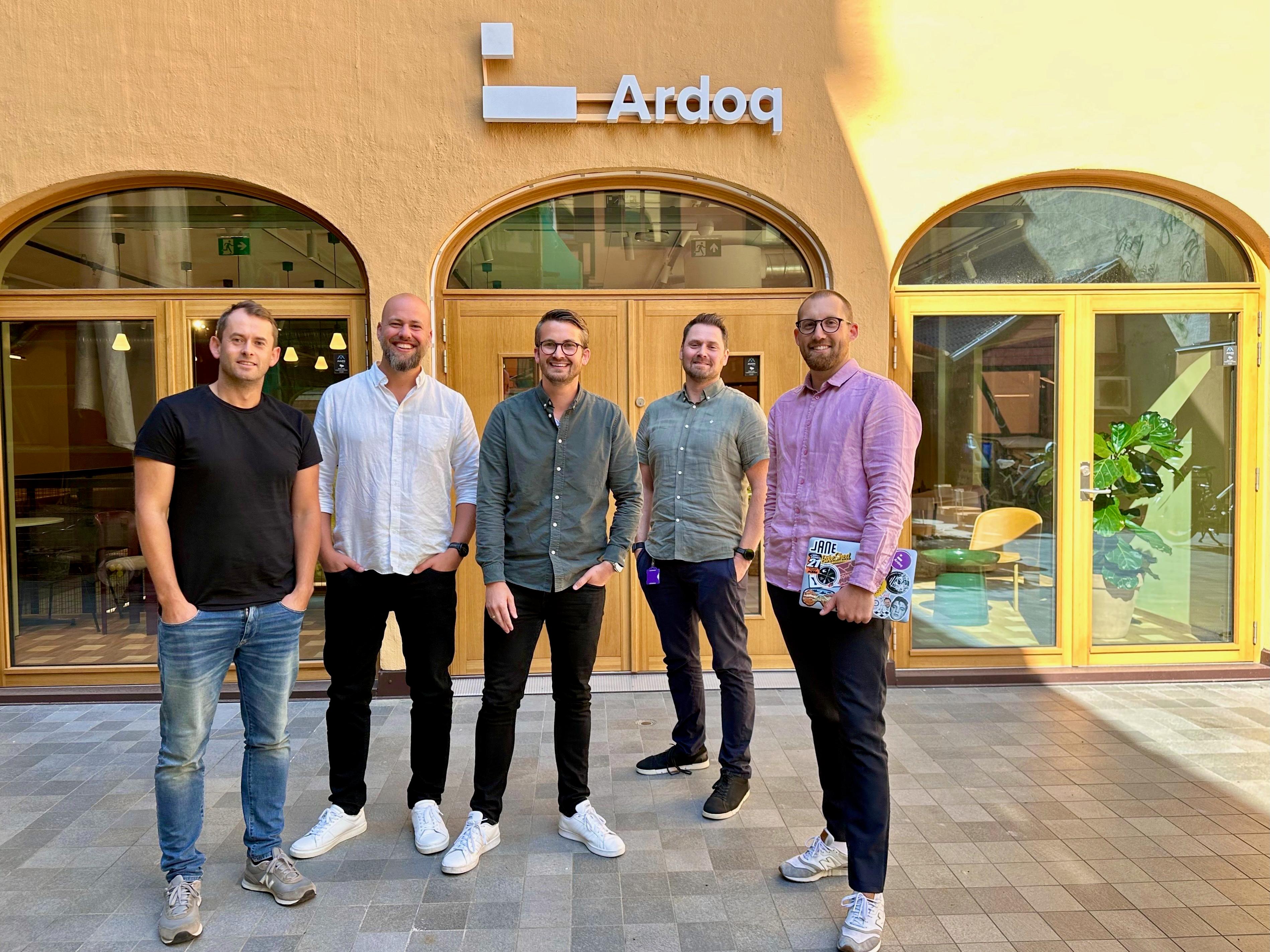
Kill the grudge, free the people and revolutionize BPM

I’m not an expert
My ongoing and humbling experience tells me that the more I know about a topic, the deeper and wider it seems. So I usually feel more like an expert before I know much about something than I do when I actually know something. Therefore, getting to the point where I can state that I am an expert seems close to impossible.
Passion on the other hand is simpler and more real to talk about in my mind. I am among other things passionate about organization, collaboration and autonomy. In addition I have always had a deep need to understand how things work. People, systems and organizations. This is what eventually led me to co-found ShiftX five years ago. How did it all start?
It felt like cheating
I was one of the experts. There were two of us, eight of them, a whiteboard and post-it notes. I felt like a fraud. Like we were cheating. Again and again we had these workshops. 6-8 VPs or managers from a wide range of major Norwegian corporations. We were there to help them improve their customer journey which in return would improve their revenue. What did we do? We helped them talk. We helped them visualize problems. Could they have done it without us? Most definitely. I guess a change of scenery always helps. And the fact that they were paying these young experts to help them would make it a little bit harder to cancel the four-hour session from their calendars.
It is amazing what can happen when we take the time to talk. See each other in the eyes. Feel each other's pain. Share one another's excitement. I still fail all the time. In my marriage, in my work, with my kids. I make assumptions. I know! Don’t make assumptions! But it’s so freaking hard not to.
This happens in the workplace as well. At scale. Add some competition, pride and gossip to the mix and we find ourselves in a giant toxic mess. We hide behind busyness, expectations and endless streams of important emails. And hey, don’t ask that question! Someone might think you are stupid or incompetent! This might sound like an exaggeration to some, but normal or even an understatement to others.
If I wasn’t a firsthand witness I wouldn't have used those words. The tension in the room could be so tangible I felt that one tiny misstep would result in total breakdown. That's why I love it when years of misunderstanding and grudge vanish in an instant as one manager finally experiences and feels the pain of another. Seeing each other in the eyes, knowing that we are on the same team and actually listening to what the other has to say is so unbelievably powerful.
Yes, but remember the people
Those kinds of stories are what drives us at ShiftX. Yes to AI. Yes to automation. Yes, yes, yes… But don’t forget the people! Having the right balance between autonomy, collaboration and oversight has always been what makes me either thrive and over deliver, or choke and start looking for another job. Trivial small adjustments can have an enormous impact on so many levels. From the bottom line to the lives of the families of your co-workers.
I know this is about culture, and that changing culture is hard. We are not going to state that we are “The Solution” to the problem either. Not yet anyway. What we will say is that we think differently. We think that focusing on the people, believing that most people have a deep desire to do a great job and that building tools that embrace democratization, collaboration and autonomy is key to unlocking new levels of performance, creativity and continuous improvement in any organization.
Maps, maps and maps
Let’s go back to the workshops. To the heart of improving customer journeys. We started to see a pattern. It was so predictable that we now consider it the rule rather than the exception. Let me try to explain what we saw.
When going on a journey you bring a map. And if you found this article you might be familiar with “Customer Journey Maps” or “Business Process Maps”. Here is the issue. Given a map of a city, a regular human being knows exactly what it is and is able to make sense of it quickly. That is not usually the case with Business Process Maps. Why?
I can hear all the objections to my statement. Organizations are complex! They change all the time! There are so many variations, levels, technical details, compliance requirements and more. Yes! That is true. But if your goal is to help someone understand how to get from SOHO to Central Park you don’t give them a map of the sewage system or the electrical grid. You give them a high-level overview of Manhattan, probably with the Subway as an overlay.

Why is it then that managers, VPs and leaders across businesses all over the world are given maps that they don’t understand? Or even worse, they are required to produce maps they don’t understand. And end up hiring consultants to produce maps they don’t understand. And therefore creating maps that have a 100% guarantee of being somewhere between inaccurate and complete nonsense.
I think we can do better, and that we should do better.
Let’s do better
I’m amazed at all the hard-working, diligent people we meet. The sacrifice managers have to make as they try to deliver on their KPIs while serving and meeting the needs of their employees. That’s also why I think that they deserve great tools that help them do their job, that are easy to use and that promotes involvement and delegation.
We are still a small company with a lot to prove and a long way to go, but we have enough traction and excited customers for us to know we are onto something. We strongly believe most existing tools in the EA (Enterprise Architecture) and BPM (Business Process Management) space greatly miss the mark on user experience. The consequence is way bigger than the lack of functionality, it’s a fundamental flaw. We live to fix it.

